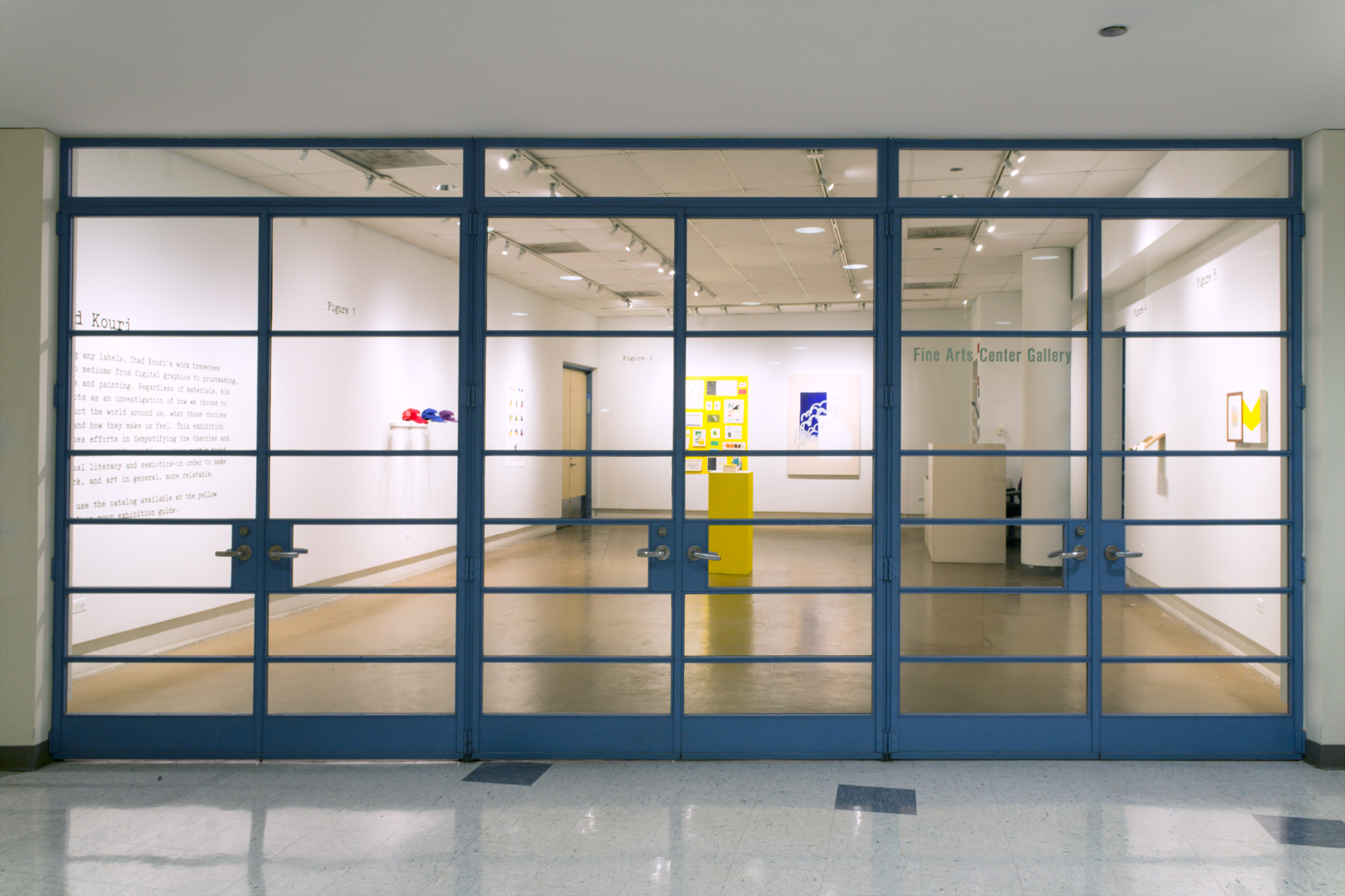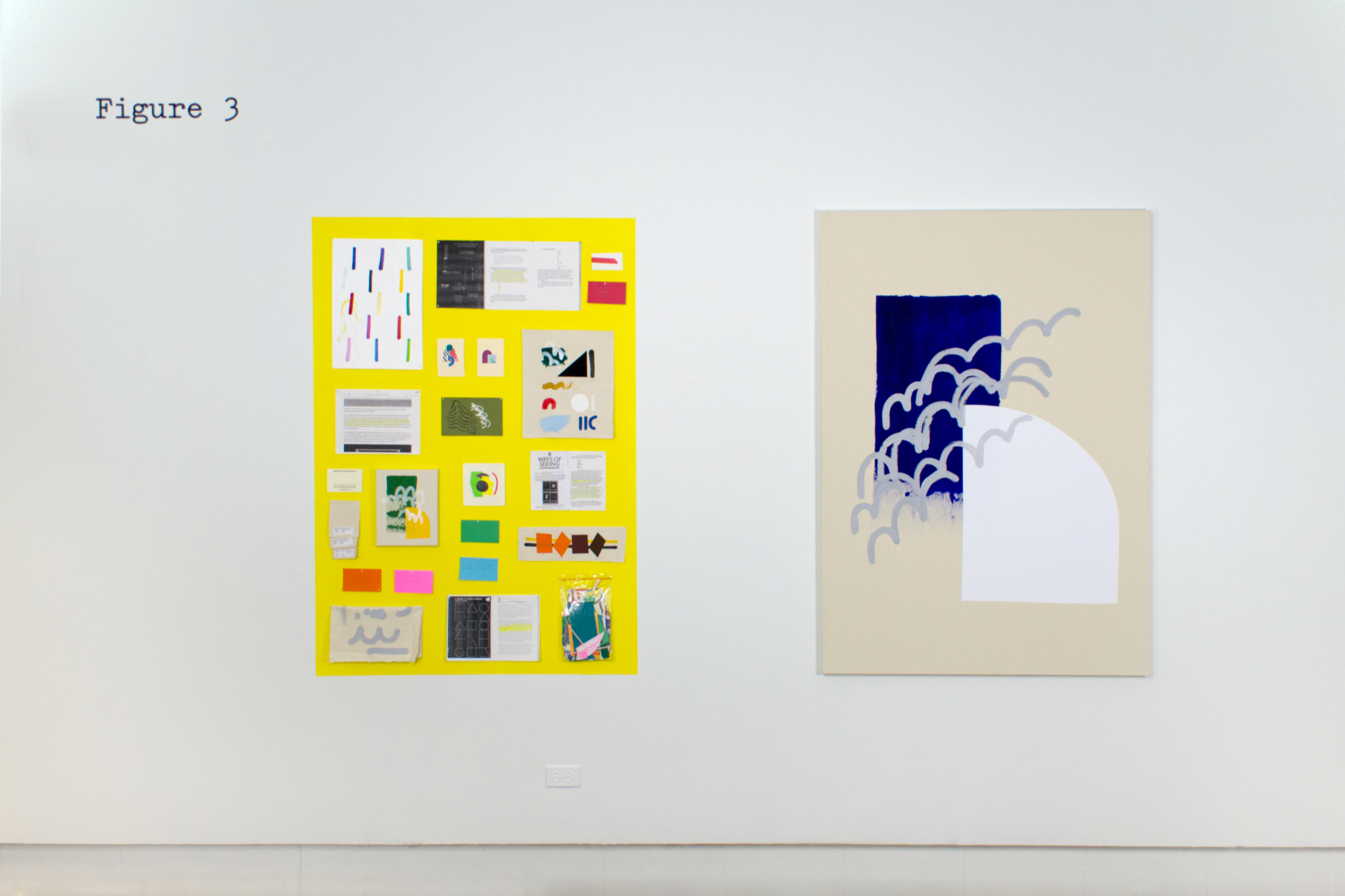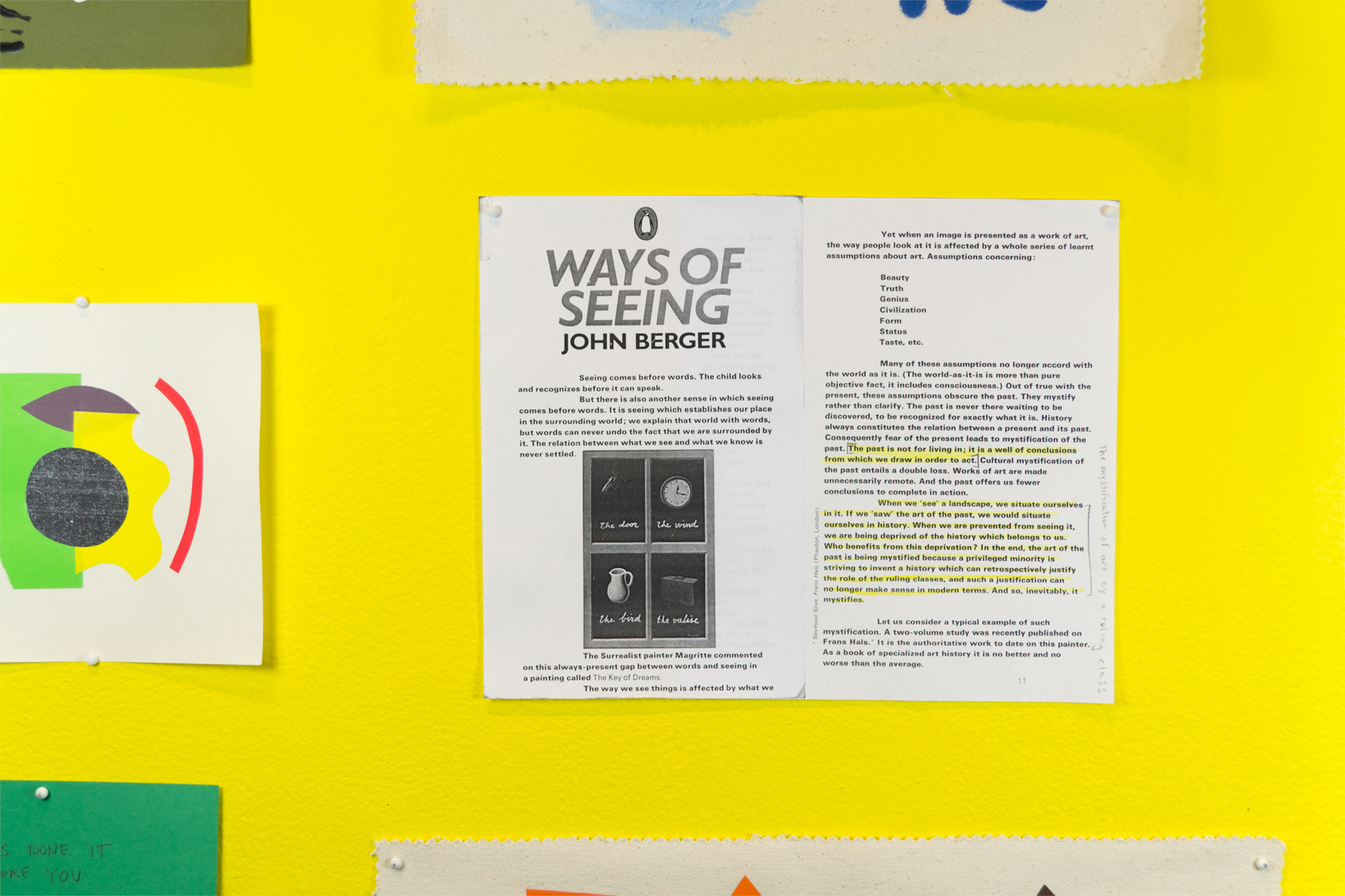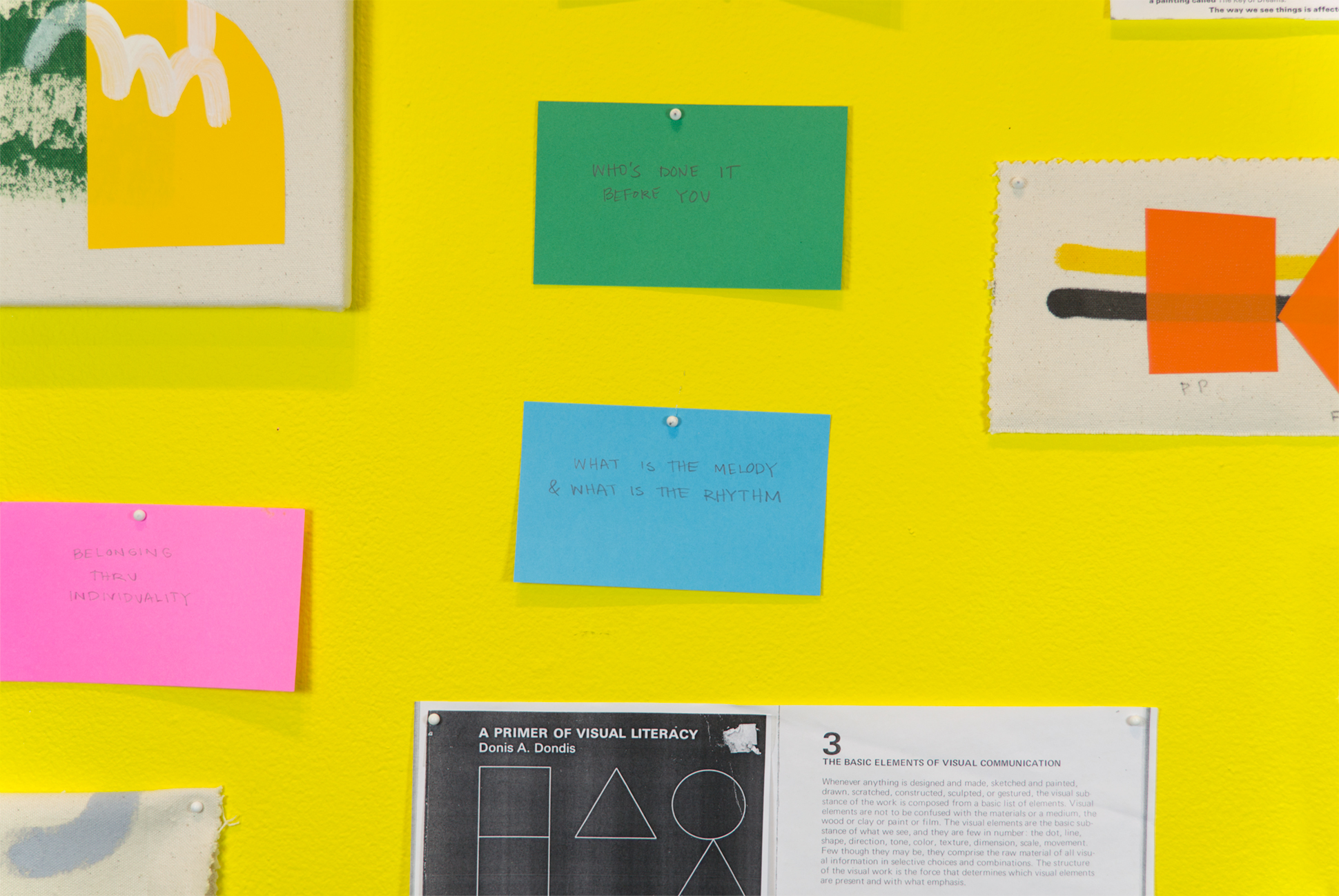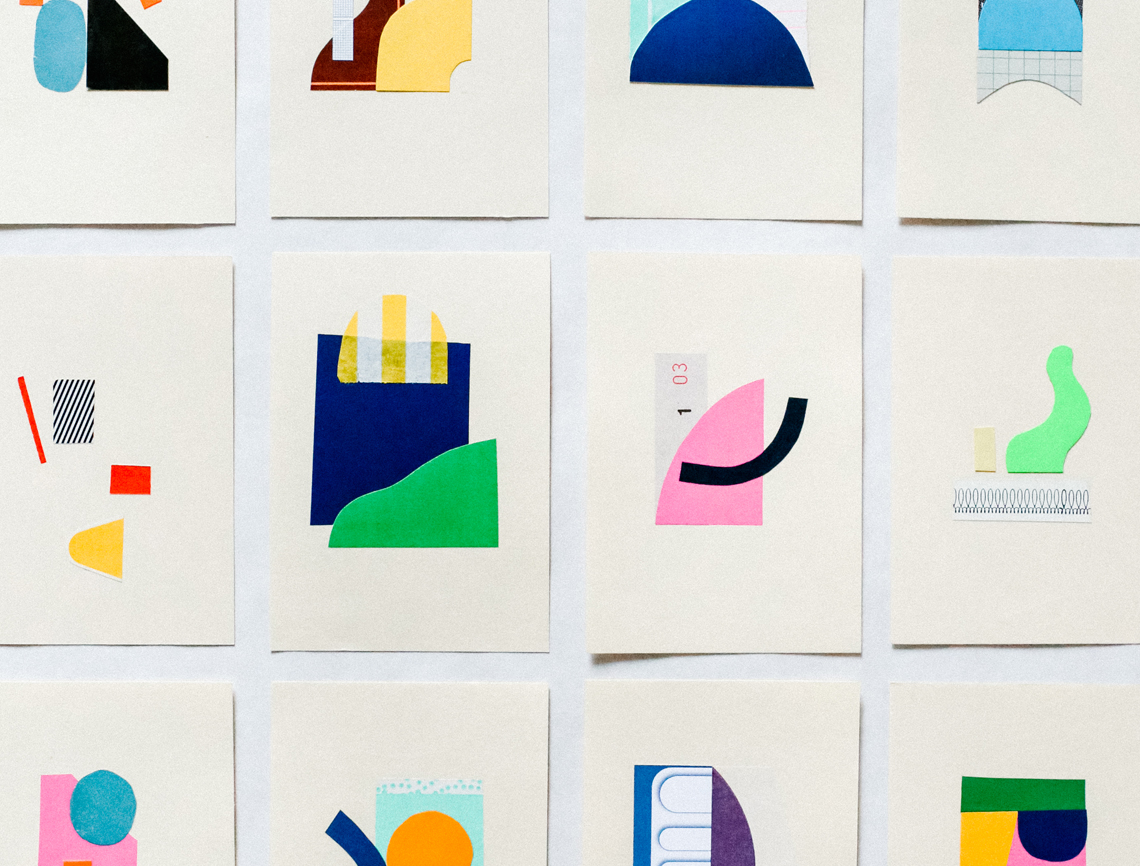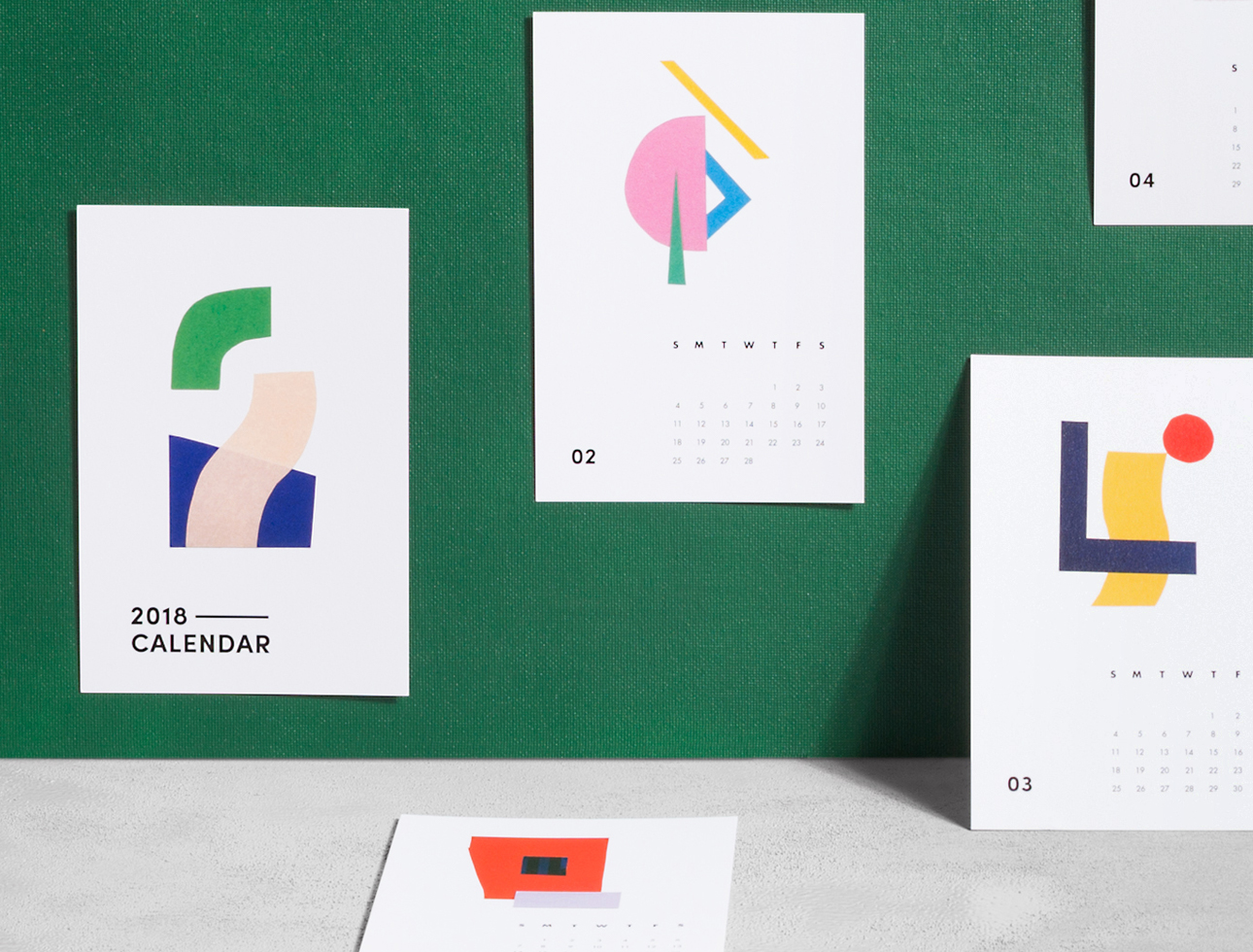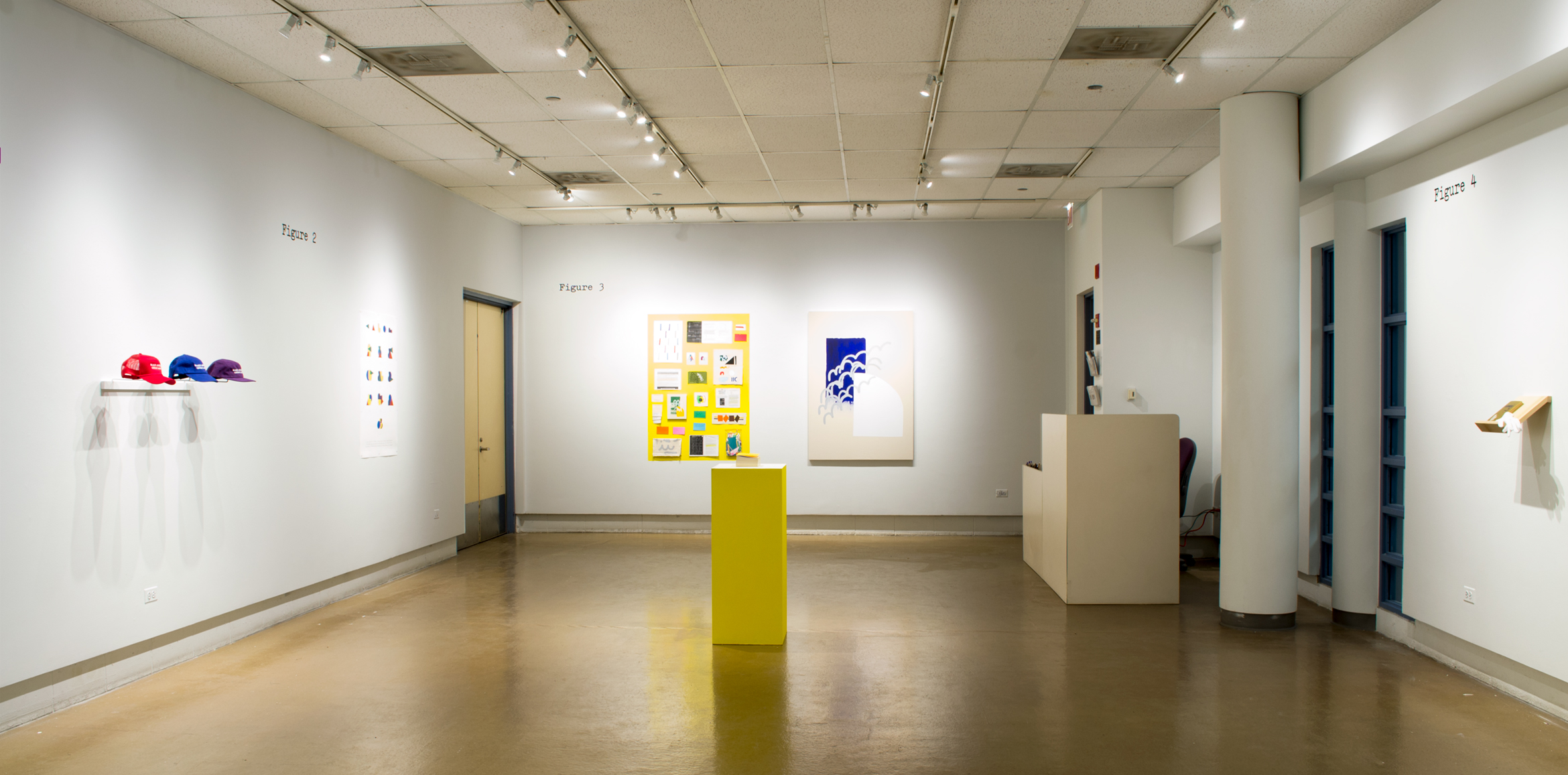

Solo Exhibition at Northeastern Illinois University
Documentation of a self-titled solo exhibition at Northeastern Illinois University’s Fine Arts Center Gallery. The exhibition was located at an academic institution so I took the opportunity to create a display that imitates a textbook, revealing various processes and systems from my studio practice, educating the viewer on my work and how it comes to life.
From the press release...
Defying any labels, Chad Kouri’s work traverses through mediums from digital graphics to printmaking, collage, and painting. Regardless of materials, his work acts as an investigation of how we choose to construct the world around us, what those choices mean, and how they make us feel. His upcoming solo exhibition continues efforts in demystifying the theories and systems that run his studio practice—mostly based on visual literacy and semiotics—in order to make his work, and art in general, more relatable.
Download the full digital exhibition catalog and essay by Vida Sačić.
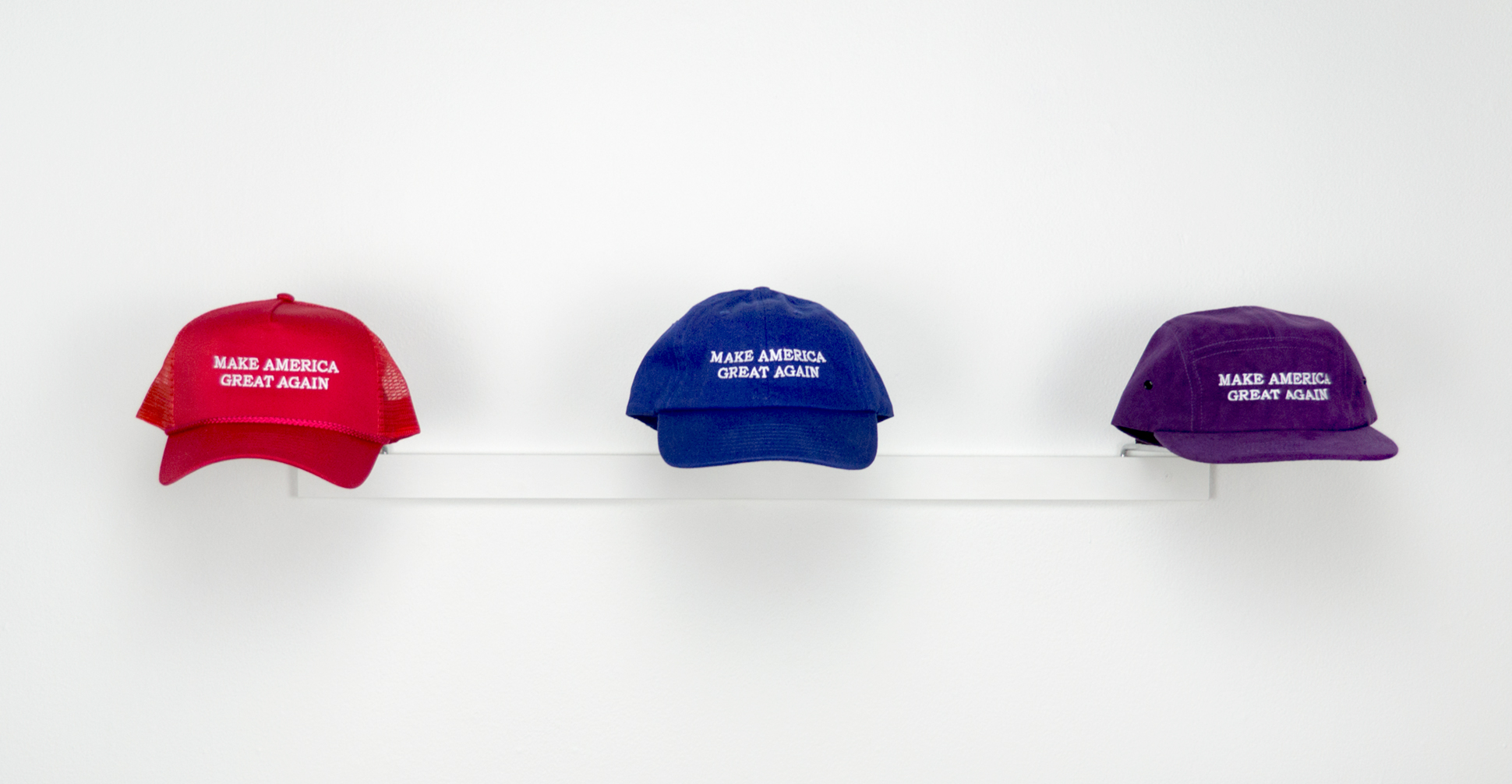

Figure 1: Color Theory - The Politics of Three Hats
Color is an essential tool used in visual communication, working both overtly and subconsciously throughout our day to day lives. Colors do not have intrinsic values, yet still, have subjective meanings and associations that we develop throughout our lifetime. While looking at this display, consider how the same text and object paired with a different color can create different meanings based on your personal history, cultural upbringing, and demographic.
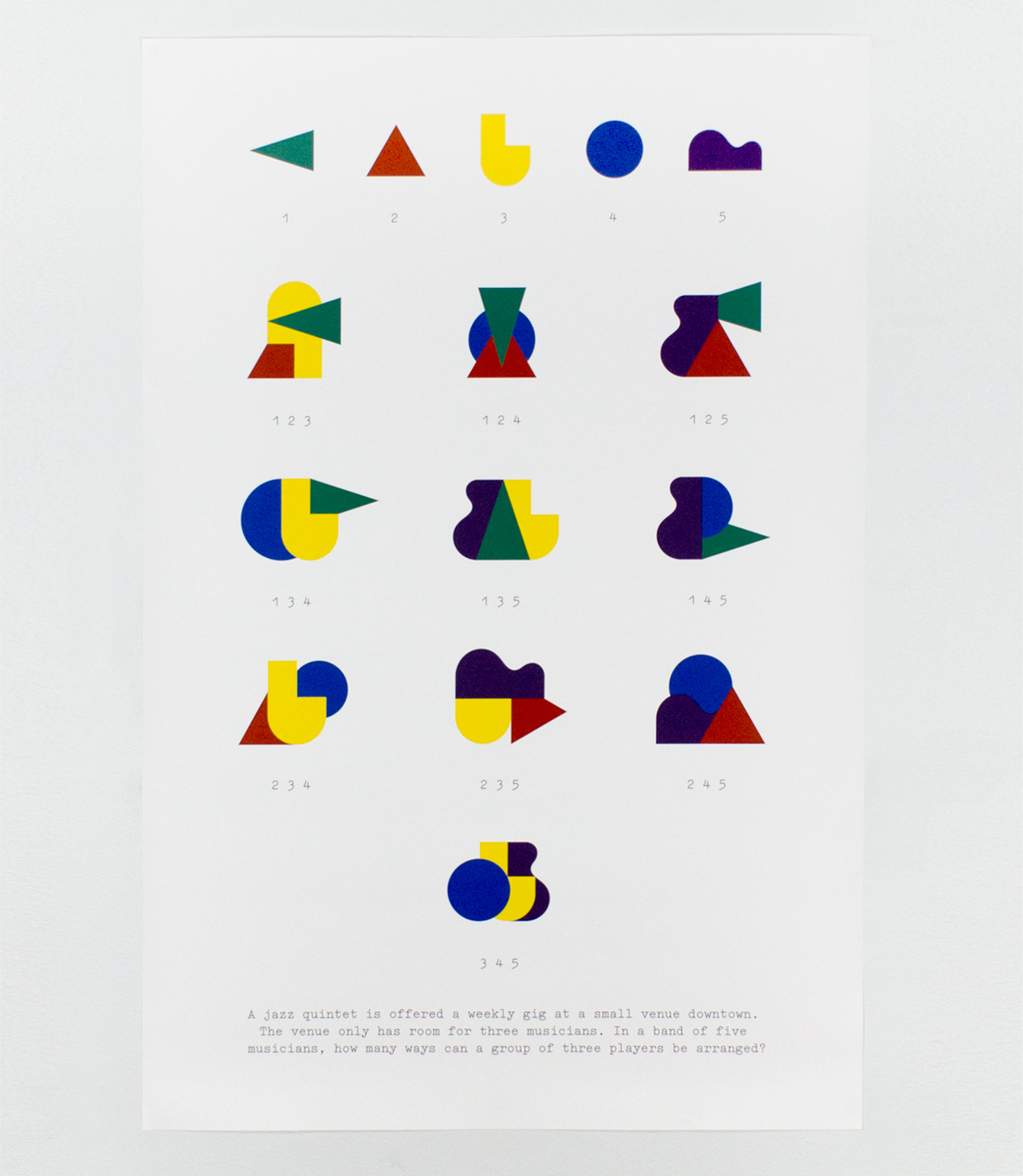

Figure 2: Systematic Making - The Jazz Quintet
Developing finite systems that act as decision-making tools during the creative process is a method dating back to the Dada and Surrealist movements in the early 20th century. Through this method, the maker’s creative journey and process are equal, if not more important than, the “objet d’art,” or end result. Displayed
in this work is the solution to a common logic puzzle articulated by a visual language made up of simple shapes and various combinations of those shapes. Although this work shows a very specific system, the opportunities for systematic making are endless and typically require logic and problem-solving skills alongside artistic expertise or vision.


South wall installation view.
Figure 3: Process - What it Takes to Paint a Painting
Minimalism and Abstract Art are often met with limited emotional attachment by a general public, typically concluding that an artist has a lack of skill or talent. Yet simple is never easy. Displayed are a small fraction of the various material tests, sketches, reference material and other elements that are required in order to create a seemingly simple work. Displaying this process demystifies the work of an artist and relates the profession to that of a scientist or mathematician—specifically how an artist investigates theories, concepts, and perceptions in order to find commonalities and a greater understanding of the overall human experience.
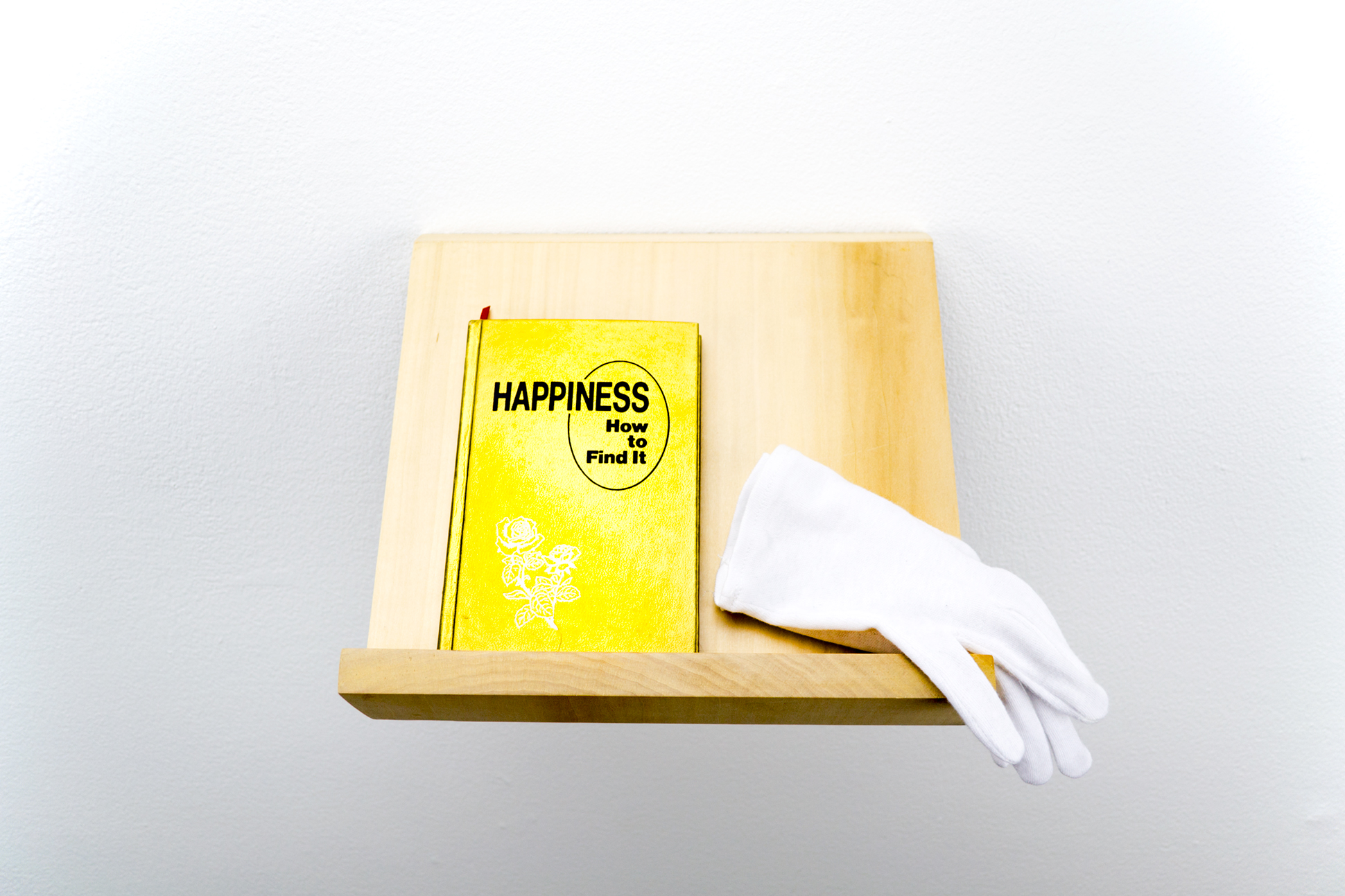

Figure 4: Breaking Expectations - Happiness Book
Playing against expectations within the experience of viewing artwork empowers the viewer to utilize their past experiences to create a personalized narrative and derive meaning from an object. The title of the displayed book is very straightforward, but once opened the book takes on a new tone and personality. By deliberately fighting against expectation, the internal politics of pessimism/optimism and individual interpretation are activated, making each viewer’s relationship to and understanding of the object vary significantly.
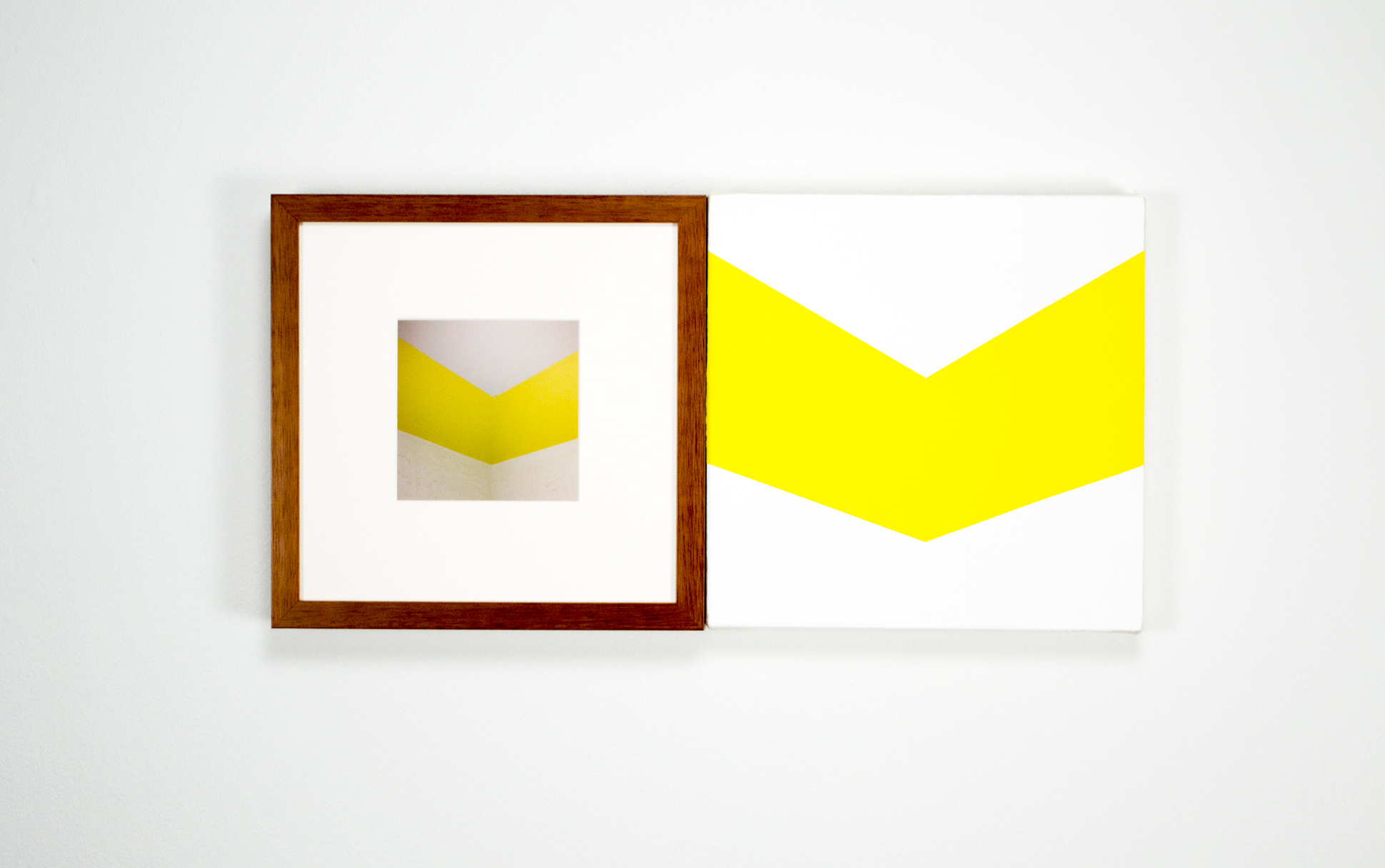

Figure 5: Research Practices - Photos That Should Be Paintings
Finding beauty in the ordinary is a very common theme within the production and presentation of art. Photos That Should Be Paintings is an ongoing research project that keeps me actively engaged with my surroundings and my art practice during the most mundane moments of the day— often while taking public transportation or otherwise in between two places. On display is one photograph from this ongoing series, mounted directly alongside its painted counterpart. Acting as a portrait of a moment, this series of photographs—typically disseminated through social media—reminds the viewer that beauty is all around us, but only if we choose to look for it.
